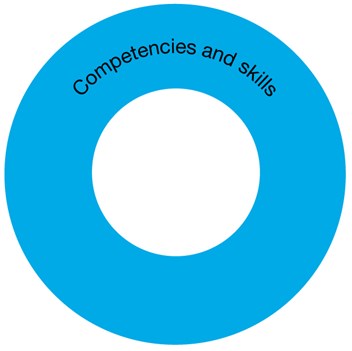Explore content
Typically, by the end of Year 6, students:
Navigate, read and view learning area texts
navigate, read and view subject-specific texts with some challenging features and a range of graphic representations
Listen and respond to learning area texts
listen to detailed spoken instructions for undertaking learning tasks, listen to spoken and audio texts, and respond to and interpret information and opinions presented
Interpret and analyse learning area texts
interpret and analyse information and ideas, comparing texts on similar topics or themes using comprehension strategies
Compose spoken, written, visual and multimodal learning area texts
compose and edit learning area texts
Use language to interact with others
use pair, group and class discussions and informal debates as learning tools to explore ideas and relationships, test possibilities, compare solutions and to prepare for creating texts
Deliver presentations
plan, research, rehearse and deliver presentations on learning area topics, selecting appropriate content and visual and multimodal elements to suit different audiences
Use knowledge of text structures
use developing knowledge of the structure and features of learning area texts to comprehend and compose a range of more complex texts for identified purposes
Express opinion and point of view
use subjective, objective and evaluative language, and identify bias
Understand learning area vocabulary
use vocabulary, including subject-specific vocabulary from a range of learning areas and vocabulary that expresses shades of meaning
Understand how visual elements create meaning
explain how analytical images such as figures, diagrams, tables, maps and graphs contribute to understanding of factual information in texts



